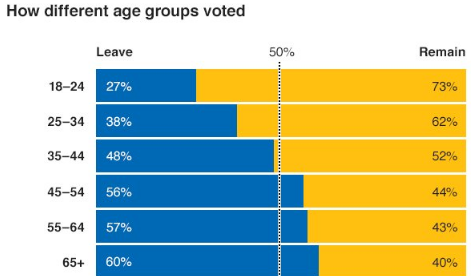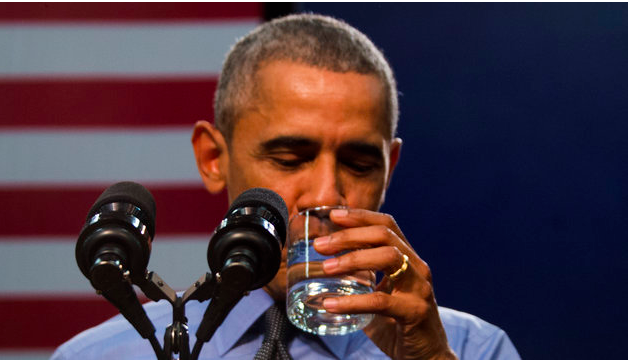 In many environmental cases, pre-pollution exclusion policies are invaluable assets that prove absolutely necessary in order to fund case resolution. This is especially where the insured-defendant is no longer in business or has few or no assets available to respond to the environmental cleanup requirement. But while the insurance coverage may be key to resolving the case, it is not uncommon for there to be an adversarial relationship between the policyholder and its insurance companies, as each is attempting to spend as little as possible of its own money in contribution to the settlement effort.
In many environmental cases, pre-pollution exclusion policies are invaluable assets that prove absolutely necessary in order to fund case resolution. This is especially where the insured-defendant is no longer in business or has few or no assets available to respond to the environmental cleanup requirement. But while the insurance coverage may be key to resolving the case, it is not uncommon for there to be an adversarial relationship between the policyholder and its insurance companies, as each is attempting to spend as little as possible of its own money in contribution to the settlement effort.
Needless to say this dynamic can create an impediment to reaching a settlement. What often happens is that policyholders opt to keep their insurers in the dark as much a possible, in an attempt to avoid disclosure of facts and circumstances that could provide the insurers with a basis to deny coverage. There is tension between facts that tend to establish coverage and which may also be harmful to the policyholder in the underlying environmental case.
Traditional litigation often fails to provide an effective way for insurance carriers and the value of their policies to effectively participate or contribute to resolution of the main environmental court proceeding. There may be ancillary lawsuits between various policyholders and their insurers but these are normally stayed pending resolution of liability issues in the environmental case. Even if the insurance coverage cases are not stayed there is no formal – and little informal – coordination between the various cases.
As an alternative to this bifurcated approach, I have been involved in a number of situations where mediation involving all parties, including insurance carriers, is used to facilitate settlement in a parallel track to environmental litigation. Using mediation in this way enables the inclusion of insurance carriers in the settlement process, and provides for compliance with insurance company-specific requirements, which are ordinarily are not directly addressed in the environmental court case.
To some lawyers it may seem inefficient to mediate and litigate in tandem. But in the absence of mediation, settlement negotiations of environmental disputes are often far too haphazard, left to individual lawyer preference, which may be insufficient to bring about a successful outcome. In my experience it proves to be far more inefficient when some or all of the insurers are brought into settlement discussions too late in the process. A complex case mediator anticipates the carriers’ needs so that they are adequately prepared to negotiate at the right time. Attention is also given to the carriers’ needs to coordinate their efforts with other insurers at the same level of a party’s insurance profile, as well as with excess carriers and reinsurers.
As a case in point, in one matter that I recently worked on, a principal defendant had a block of primary, excess and umbrella coverage over many years, issued by multiple insurers. One primary carrier had paid millions of dollars in defense; that carrier ultimately paid an additional $9 million dollars to settle and exhaust its primary policy. The other carriers for that defendant took the position that they had no duty to defend and that their indemnity limits had not been triggered. Periodic mandatory meetings were held with those carriers to educate them on the status of the lawsuit and settlement and to avoid the informational imbalance described above. When necessary, the previously “non-participating” carriers were prepared and able to meaningfully participate in reaching settlement.
The point is this: Bringing insurer representatives into the mediation process as early as possible — even before actual dollar figures are discussed – puts the parties in a stronger position to settle. Separate sessions with all or sub-groups of carrier representative, without policy holder counsel, allows for the airing of issues and the development of pro-settlement strategies.






Leave a Reply